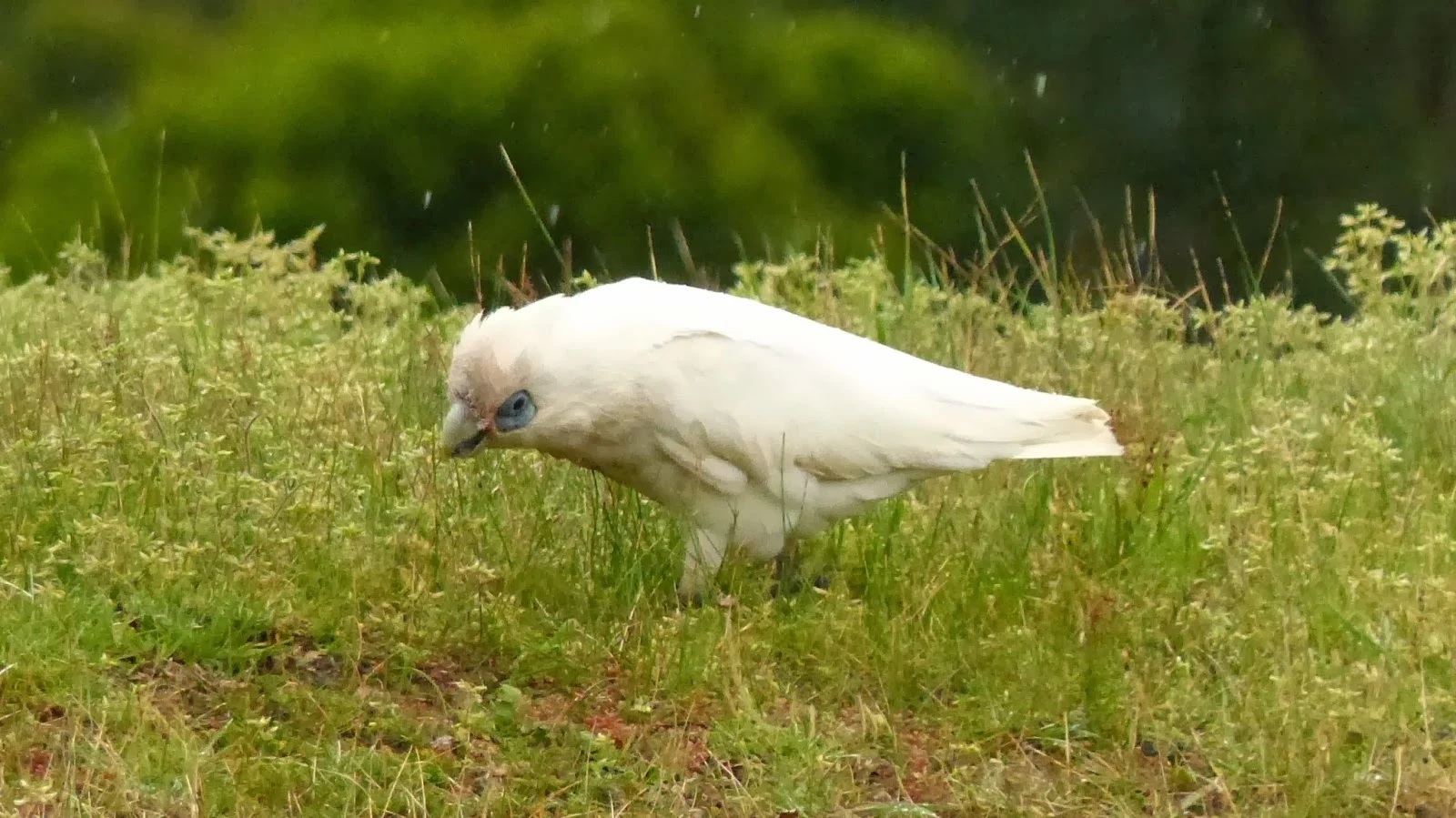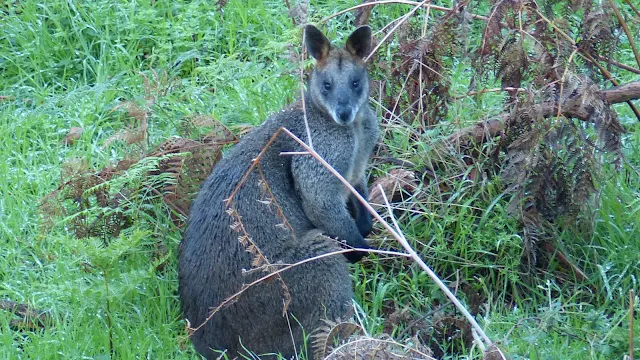To provide some reference to the property, we've attached our Planting Plan which gives some insight into the intended plantings and wildlife corridors.
In most instances, we're linking remnant trees with the plantings - one of the advantages we see, is the reduction of insect and wind loads imposed on a remnant or solo tree. The effect of the plantings should also provide links to the National Park which essentially borders each end of the property (left and right ends of image)
To provide a reference, each planting area is defined with an alpha designation. We select our plants from a species list we have identified for our local area - by reviewing remnant vegetation in ours and neighbours properties, and conducting surveys within the National Park.
Seed is collected from within our property, for use as a seed bank by a grower / propagator . Each year, we place plant orders with the grower (generally 500 ~ 1000 plants), picking them up after the 1st decent Autumn rains (April / May). To date, we've planted around 5,000 plants.
Considering that much of the planting is occurring in open paddocks and on sandy soils, the success rate can be quite low and can be extremely disappointing in the more drier areas, ie. where the aquifers are well below the surface. Noting, the above image highlights areas where the aquifers are close to the surface (light green grassy areas). We don't tend to plant into these areas as we have experienced excellent natural regeneration; it's simply a matter of removing weeds.
We use wire frames with plastic sleeves as initial protection for the seedlings. Once the plant starts to emerge past the top of the frame, we remove the frame from "around" the plant, and place it "next to" the plant. In our experience, most damage is done to the plants by male kangaroos scenting on the tops of the frames. If a plant is poking out the top, the kangaroos inadvertently break off the top of the plant when scenting - we would often find broken stems hanging over the top of the frame before employing these technique. By placing the cage "next to" the plant, the roo can still use the cage to scent (preferable, due to the rigidity of the frame), whilst the plant can bend from the base, minimising any impact.
To further our success rate, we've learnt to use the Bracken to facilitate the plantings. The bracken provides shade, produces a micro-climate, and reduces the impact from scenting males, giving the seedlings a better start in life.
In some areas, we mechanically control the bracken - noting that kangaroos graze on grasses. Using a mower set at maximum height (~150mm - would prefer 200-250mm), we ensure grassland areas are provided for foraging..........if we did nothing, the property would become a heathland of bracken, as witnessed on similar properties.
Depending on the plant species, larger cages are often used to even further enhance success rates. Species like Drooping She-oaks and Blackwoods are often grazed by roos and wallabies. Using 90cm chicken wire, we prepare 1 ~ 1.5 metre diameter tubes which we place over the plants - protecting the plant from excessive foraging. Noting, that She-oaks will be eaten to the ground if left unguarded.
Banksias and Black Wattles seem to be very good for practising "boxing" techniques so we often construct tubes of "Ring-lock" or "Hinge-joint" mesh to reduce damage.
The plantings have been very successful in attracting native animals, providing them with habitat and shelter - but we'll talk about that another day........................





































